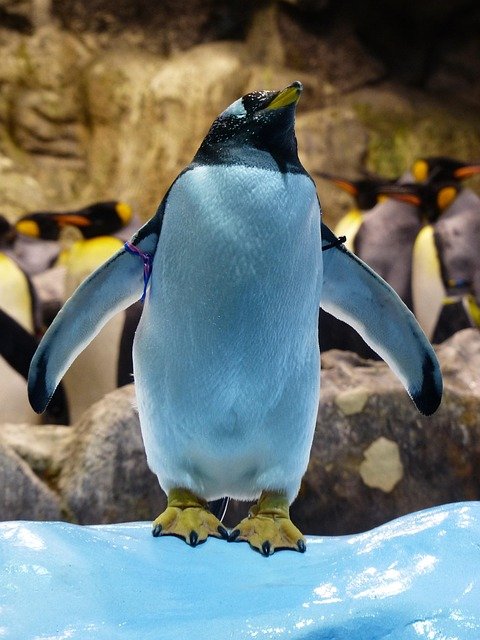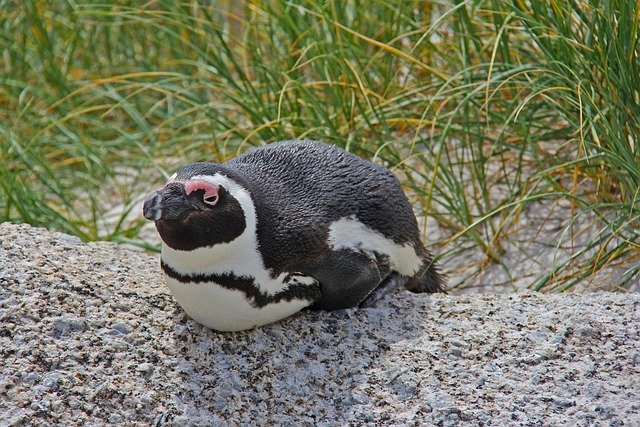**Title: "The Social Dynamics of Penguin Colonies: A Closer Look at Their Unique Social

The Social Dynamics of Penguin Colonies: A Closer Look at Their Unique Social Structures
Penguins are fascinating creatures that have captivated the hearts of many with their charming waddles and striking black-and-white plumage. However, beyond their adorable appearance lies a complex social structure that plays a crucial role in their survival and breeding success. In this post, we will explore the unique social dynamics of penguin colonies, shedding light on their behaviors, communication, and social interactions.
The Importance of Colony Life
Penguins are highly social animals that thrive in colonies, often consisting of thousands of individuals. Living in large groups offers several advantages:
- Protection from Predators: The sheer number of individuals in a colony can deter potential predators, making it safer for penguins to nest and raise their young.
- Temperature Regulation: In harsh Antarctic climates, huddling together helps penguins conserve heat and survive extreme weather conditions.
- Cooperative Breeding: Some species of penguins engage in cooperative breeding, where individuals assist each other in rearing chicks, increasing the chances of survival for the young.
Communication and Social Interactions
Penguins have developed a rich repertoire of vocalizations and physical displays to communicate with one another. These interactions are essential for maintaining social bonds and coordinating activities within the colony.
Vocalizations
Penguins are known for their distinctive calls, which serve various purposes:
- Mate Attraction: During the breeding season, males often perform elaborate vocal displays to attract females. Each species has specific calls that can be recognized by potential mates.
- Chick Recognition: Parent penguins can identify their chicks by their unique calls, allowing them to locate and care for them amid the noisy colony.
Physical Displays
In addition to vocalizations, penguins engage in various physical behaviors to communicate:
- Courtship Rituals: During mating season, males may perform elaborate displays, including bowing and flipper flapping, to impress females.
- Aggression and Hierarchy: Dominance displays, such as chest puffing and aggressive posturing, help establish social hierarchies within the colony, ensuring that stronger individuals have better access to resources.
The Role of Social Bonds
Social bonds among penguins are crucial for the colony's overall health and well-being. These bonds can be formed through various interactions:
- Grooming: Penguins often engage in mutual grooming, which helps strengthen social ties and maintain feather condition.
- Allopreening: This behavior involves one penguin preening another, promoting social cohesion and reinforcing relationships.
Challenges and Adaptations
Despite their strong social structures, penguin colonies face numerous challenges, including climate change, habitat loss, and overfishing. These threats can disrupt social dynamics and impact breeding success. As a result, penguins have shown remarkable adaptability, with some species altering their breeding timelines and foraging behaviors in response to environmental changes.
Conclusion
The social dynamics of penguin colonies are a testament to the complexity and adaptability of these remarkable birds. By studying their interactions, communication, and social structures, we gain valuable insights into their behavior and the ecological challenges they face. As we continue to explore the fascinating world of penguins, it becomes increasingly clear that their social lives are as intricate and vital as any other aspect of their existence.
Whether you are a seasoned researcher or simply an admirer of these incredible birds, understanding the social dynamics of penguin colonies enhances our appreciation for their resilience and adaptability in the face of a changing world.

Upvoted! Thank you for supporting witness @jswit.